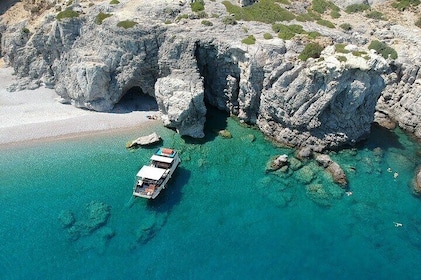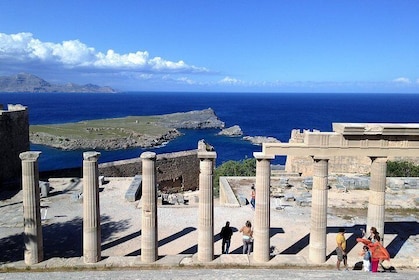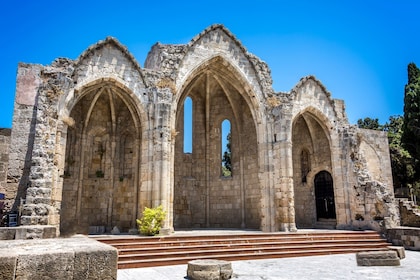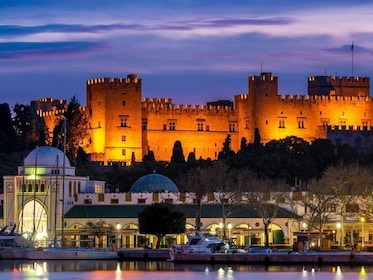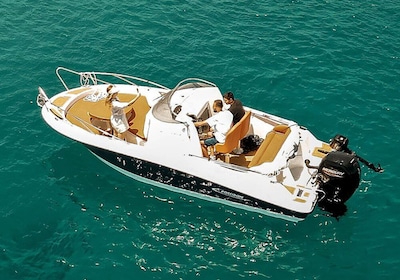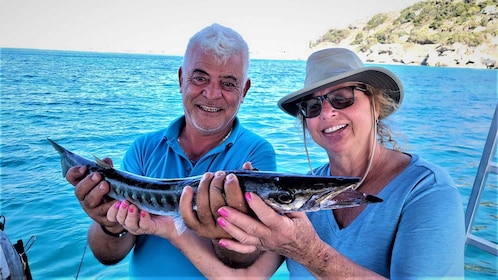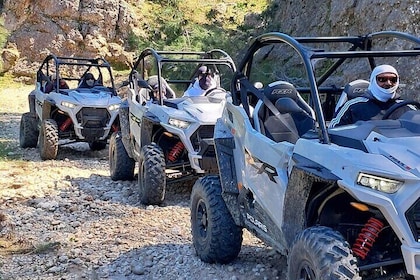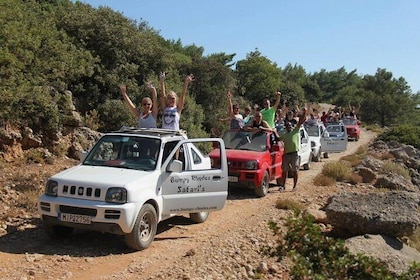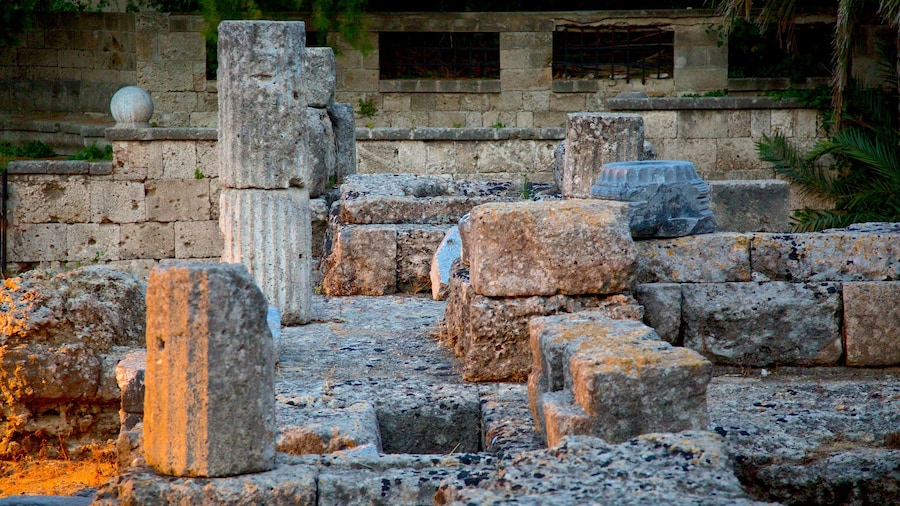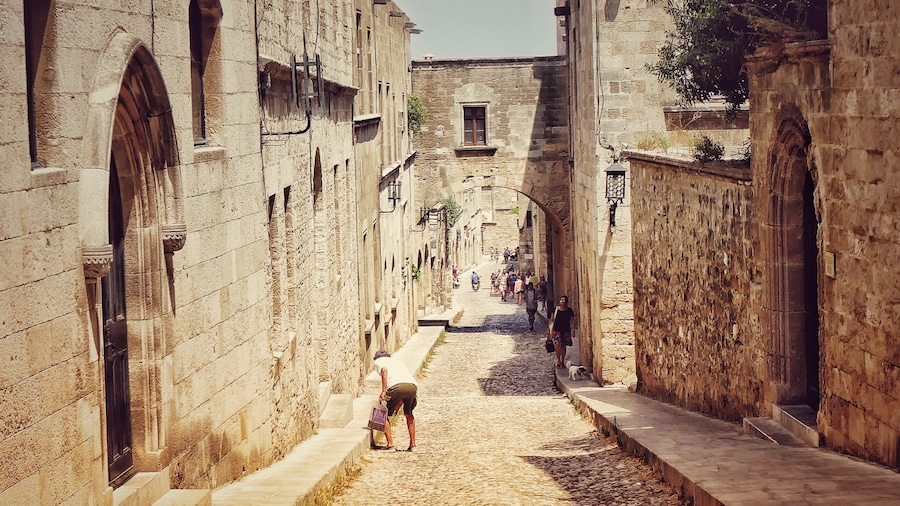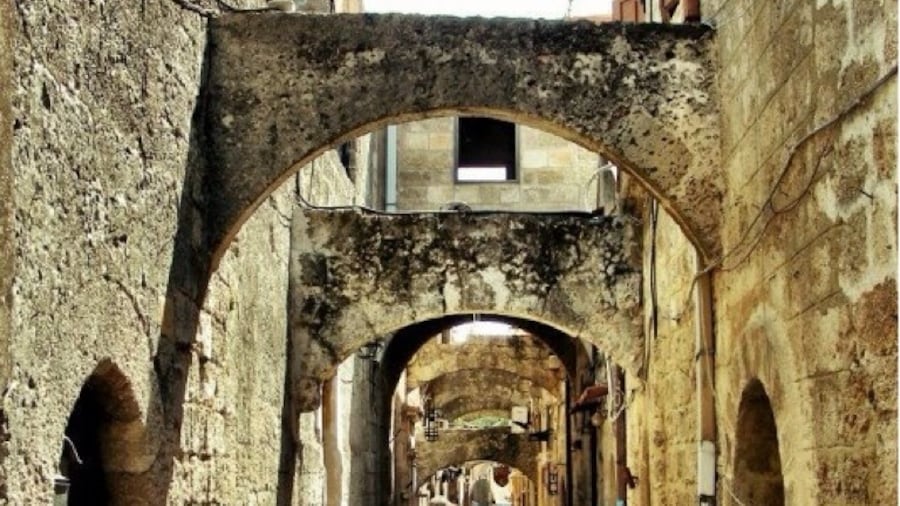Step inside a magnificent medieval building to see a collection of ancient artifacts from Rhodes and its neighboring Dodecanese Islands.
Visit the Archeological Museum of Rhodes to discover fascinating displays of art and antiquities from the Dodecanese Islands. The museum is housed inside the 15th-century Hospital of the Knights of St. John and contains statues, jewellery, tombstones, mosaics and earthenware. These artifacts cover numerous eras, including Classical, Hellenistic and Roman.
Once inside the two-story building, go to the inner courtyard and observe the Hellenistic lion statue holding a bull’s head between its paws. Then climb the grand staircase to a timber-roofed balcony which leads to the museum’s exhibition rooms.
Find displays of figurines, jewellery and metalwork that were excavated from the ancient Rhodian city of Ialysos. Examine the sculptures of ancient Greek gods, including a marble head of Helios that dates back to the mid to late 2nd century B.C. See intricately-carved gravestones that were discovered at the necropolis of Kameiros. Study amphora painted with images of the ancient Olympic Games and peruse the collection of animal figures from Egypt.
Look out for the collection of Hellenistic and Roman statues. These include a life-size figure of a crouching Aphrodite, the goddess of love. Equally interesting are the displays of millennia-old Mycenaean-era vases. Appreciate the artistry of the collection of Greek mosaics such as the depiction of a centaur holding a rabbit.
The museum also has a number of funerary slabs of some of the Knights of St. John. They feature relief carvings of the dead person or his coat of arms.
The Archeological Museum of Rhodes is situated in the heart of the Old Town, a 10-minute walk from the Tourist Harbour. Combine your visit with a stroll around the old city walls or check out the ruins of the Temple of Aphrodite in Symi Square.
The museum is open every day except for major public holidays and it closes on Mondays during the winter. Admission charges apply, although entry is free for students, children, persons from the European Union who are over 65 years of age and those accompanying blind and disabled people.


